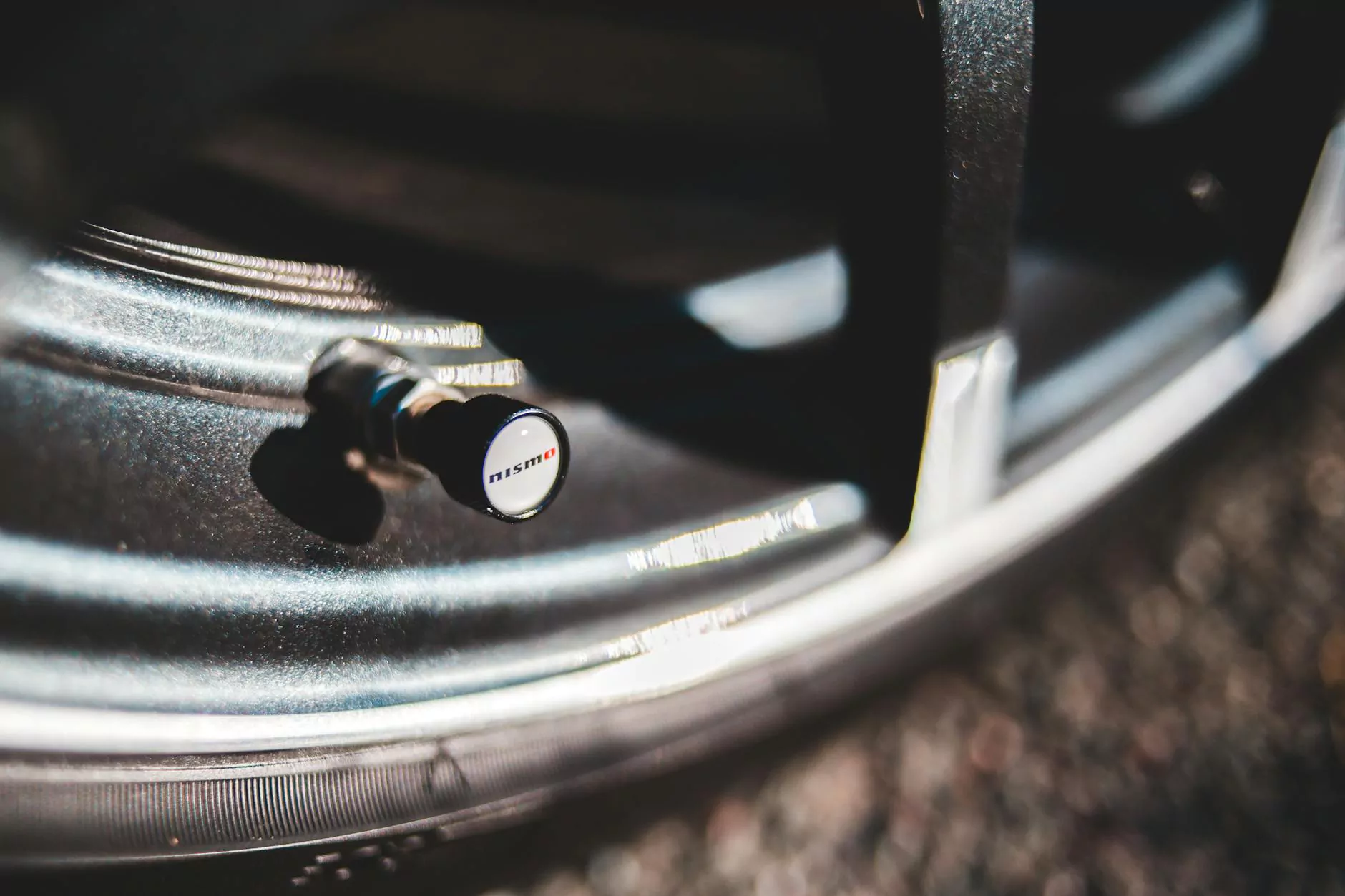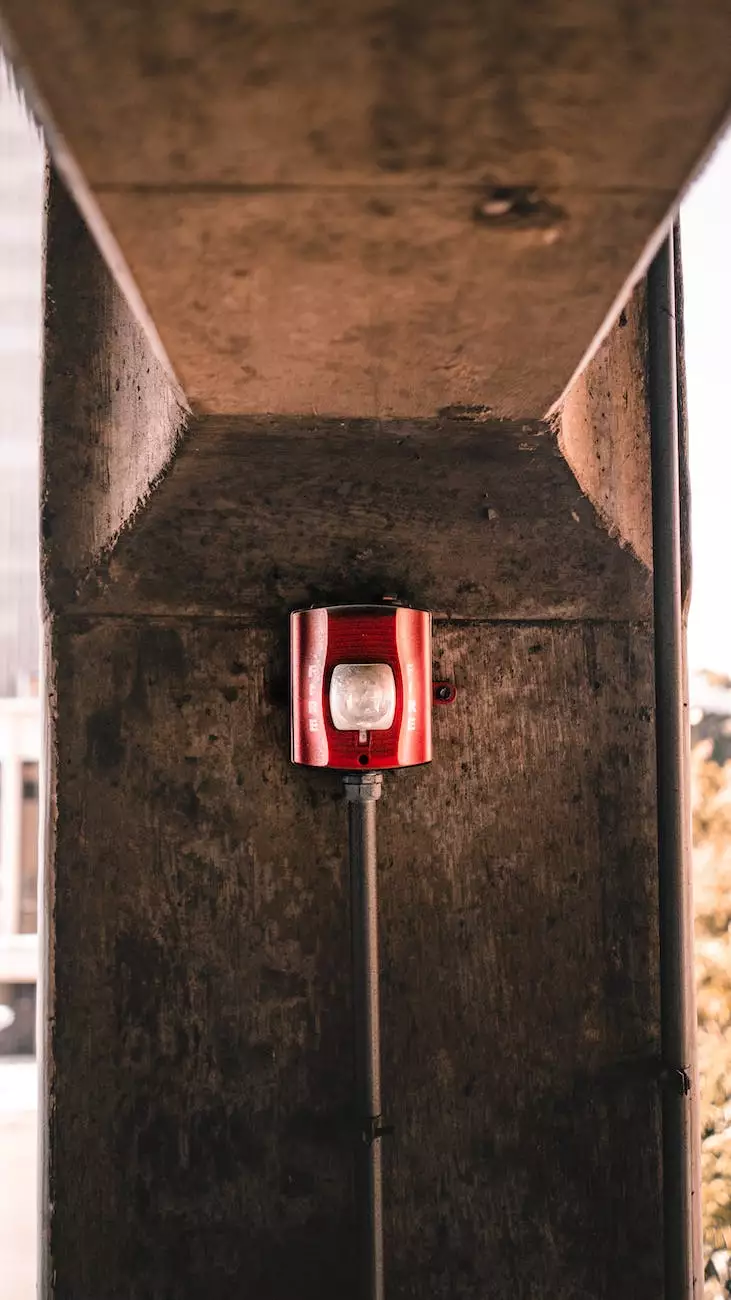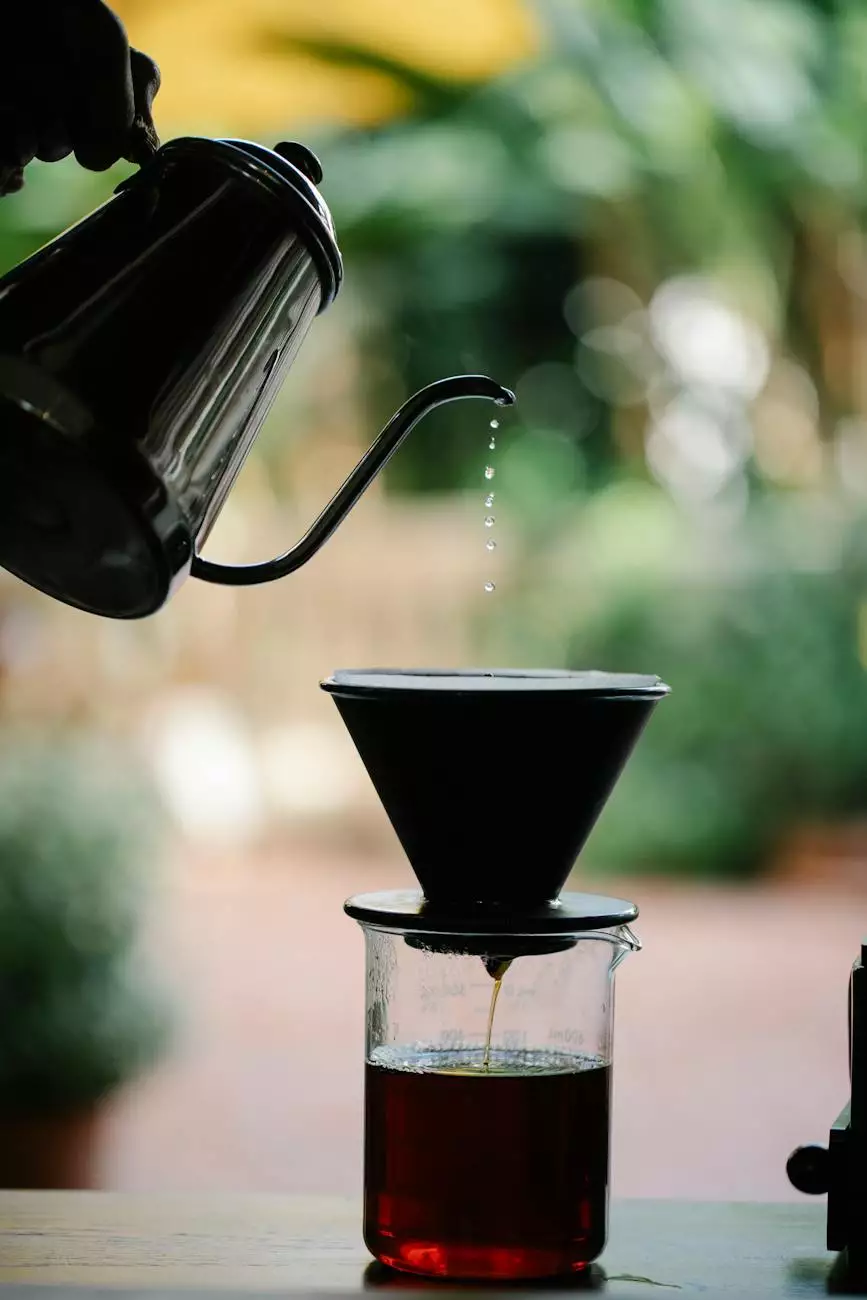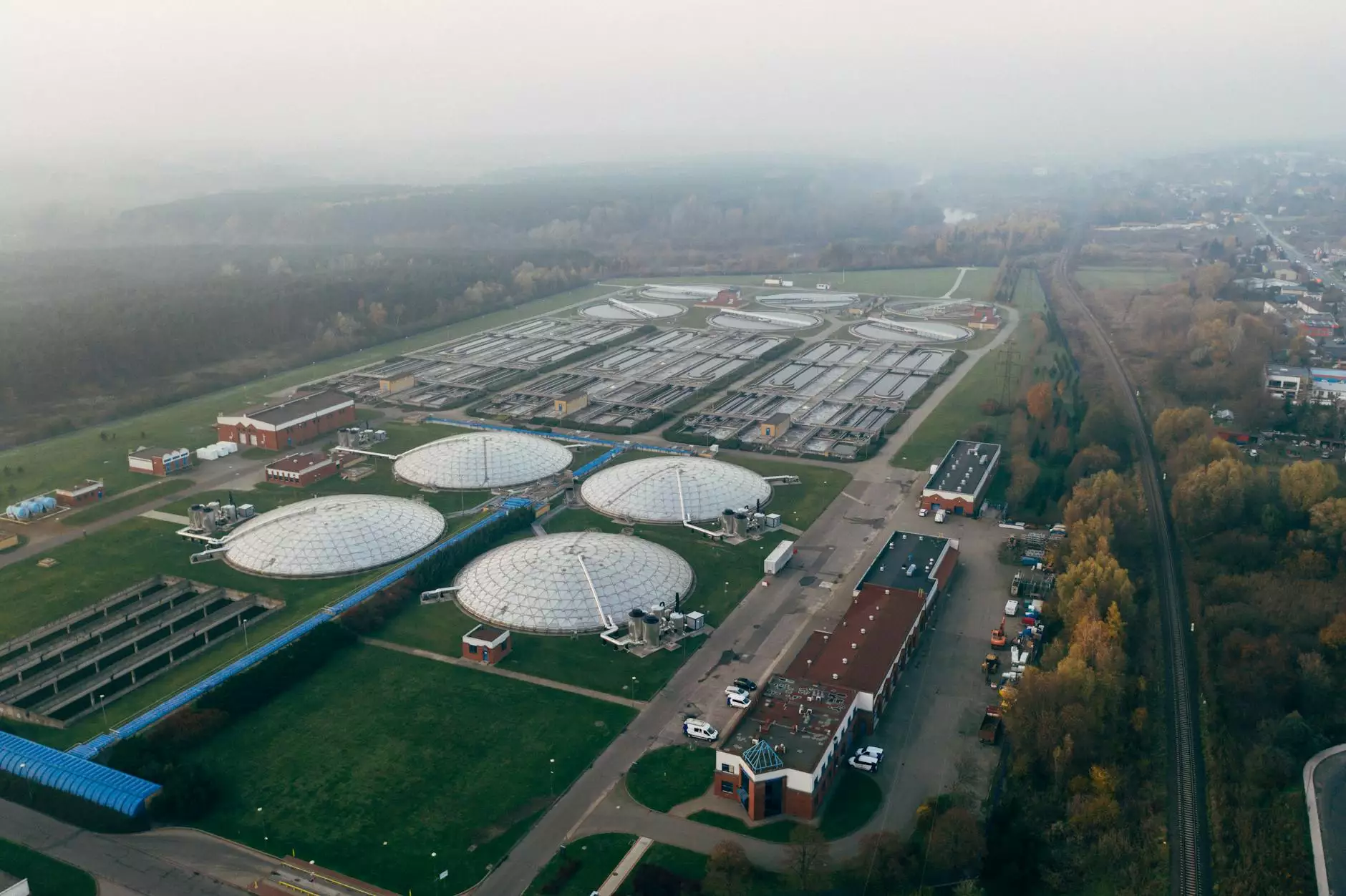Septic System Aerator Types

Introduction
Welcome to K & B Contracting, your trusted source for septic system information. In this article, we will explore the various types of septic system aerators and their benefits. A septic system aerator is a crucial component in maintaining an efficient and reliable septic system. By understanding the different types available, you can make an informed decision on which aerator best suits your needs. Let's dive in!
Why are Septic System Aerators Important?
Septic system aerators play a vital role in the treatment process by introducing oxygen into the system. This oxygenation promotes the growth of beneficial bacteria, which is essential for breaking down organic waste. Without proper aeration, septic systems can become sluggish, leading to inefficient treatment and potential system failures.
The Types of Septic System Aerators
1. Surface Aerators
Surface aerators, also known as paddlewheel aerators, are a commonly used type of septic system aerators. These aerators float on the surface of the septic tank or lagoon, actively mixing and aerating the wastewater. They generate strong currents and turbulence, ensuring adequate oxygen transfer and preventing the buildup of solids. Surface aerators are often favored for their simplicity, ease of maintenance, and suitability for various system sizes.
2. Diffused Aerators
Diffused aerators, sometimes referred to as fine-bubble aerators, operate by diffusing air through a network of small, submerged tubes or diffusers. As the air bubbles rise, they create a gentle upward flow, promoting oxygen transfer and mixing. Diffused aerators are known for their energy efficiency and ability to provide even oxygen distribution throughout the septic system. These aerators are ideal for larger systems that require uniform mixing and aeration.
3. Aerobic Treatment Units (ATUs)
Aerobic Treatment Units, commonly known as ATUs, are specialized septic systems that incorporate an aerobic digestion process. These systems use advanced aeration technologies, such as diffused air or fixed-film media, to accelerate the breakdown of waste. ATUs provide enhanced treatment performance and are often utilized in environmentally sensitive areas or where traditional septic systems are not feasible.
4. Electric Aerators
Electric aerators, powered by electricity, offer a reliable and consistent source of aeration. These aerators often utilize propeller-like devices or diffusers to optimize oxygen transfer. Electric aerators are well-suited for systems with higher oxygen demands or areas where continuous aeration is necessary.
5. Solar-Powered Aerators
Solar-powered aerators are an eco-friendly alternative that harnesses energy from the sun to power the aeration process. These aerators are suitable for remote locations or areas with limited access to electricity. Solar-powered aerators can provide effective aeration while reducing environmental impact and operating costs.
Choosing the Right Septic System Aerator
When selecting a septic system aerator, it is important to consider several factors, including system size, oxygen requirement, energy efficiency, installation requirements, and overall performance expectations. Consulting with a professional septic system contractor, such as K & B Contracting, can greatly assist in making an informed decision and ensuring proper installation and maintenance.
Conclusion
Incorporating a suitable septic system aerator is crucial for optimizing the performance and efficiency of your septic system. Whether you choose a surface aerator, diffused aerator, ATU, electric aerator, or solar-powered aerator, each type offers unique advantages to enhance the treatment process. Remember to consult with professionals in the field to ensure proper installation and maintenance practices. K & B Contracting, your trusted partner, is here to guide you in making the best choice for your septic system needs. Contact us today for expert advice and reliable service!










